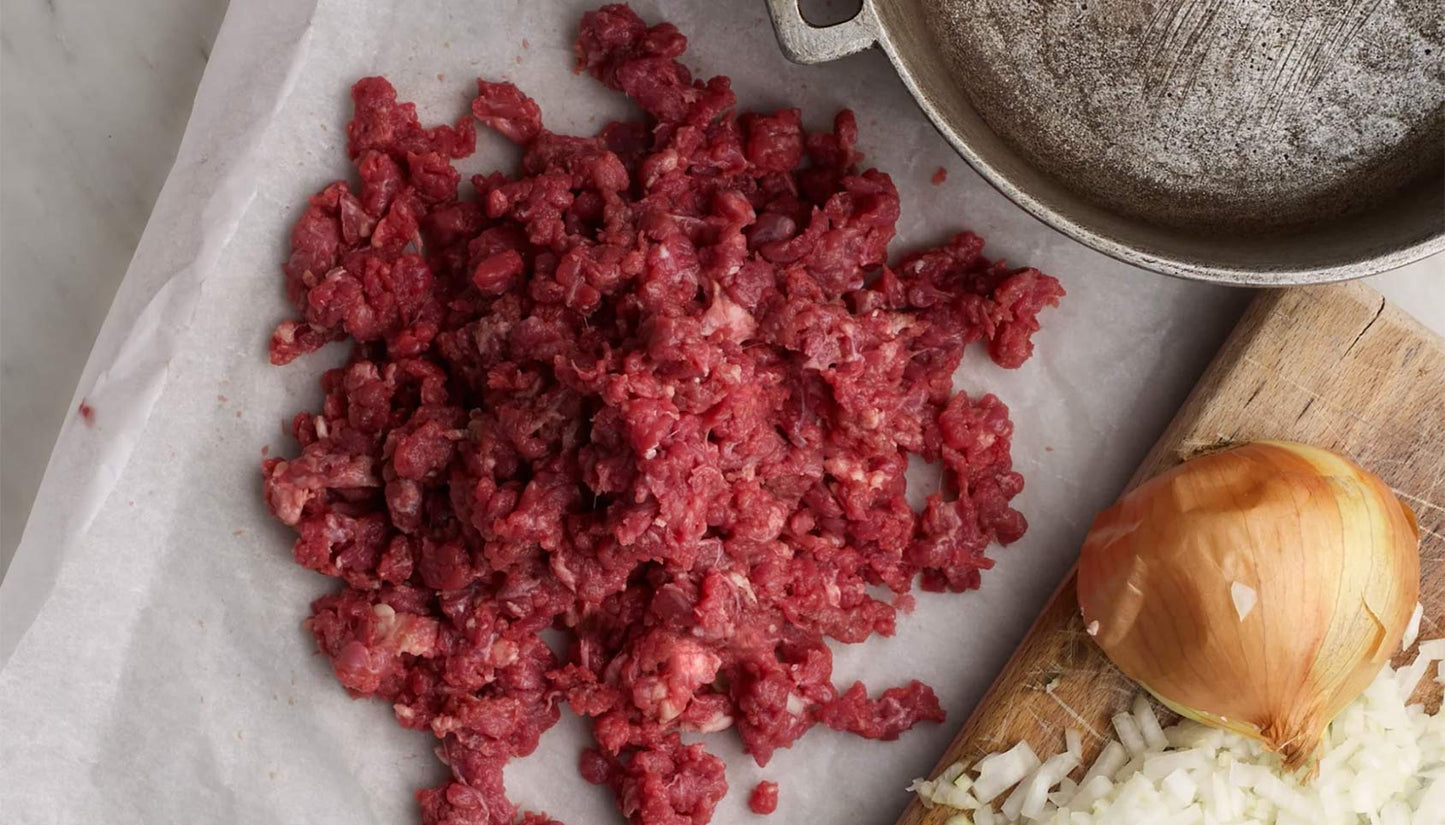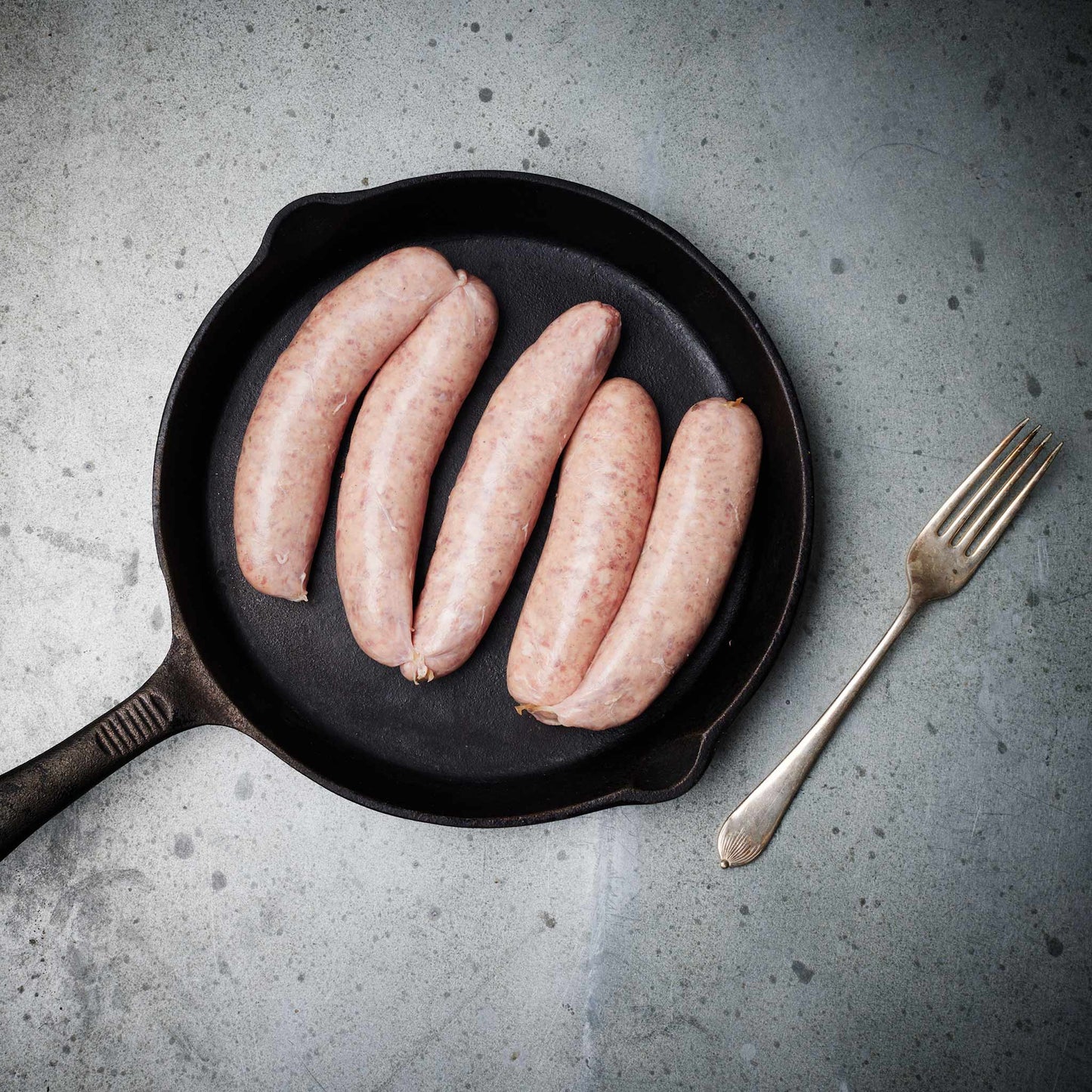We source our chicken from one farm in Leicestershire. The farm is Pasture for Life certified and rears truly free range, outdoor birds.

Regenerative agriculture can, in the short and long term, help mitigate the devastating effects of this (apparently) never ending cost of living crisis.
The fossil fuel crisis
Firstly, is the dramatic reduction in the requirement for fossil based fuels on the farms that practice these methods of farming. Fossil fuels are heavily used in agriculture powering machinery, a typical tractor is getting as little as 4 mpg and can be running for as many as 80 hours a week at certain times of the year, that's a lot of GHG emissions. As we've seen the price of diesel has skyrocketed and this cost has been passed down to the consumer.
The second biggest use of fossil fuels is of course, fertiliser. Nitrogen fertiliser is a fossil fuel product, made primarily from natural gas. Think of a modern nitrogen fertiliser factory as having a large natural gas pipeline feeding into one end and a large pipe coming out the other carrying ammonia - a nitrogen-rich gas. To produce, transport, and apply one tonne of nitrogen fertiliser requires an amount of energy equal to almost two tons of petrol.
Most of our partners use no fertiliser and no tractors, replacing them with quad bikes that give a more respectable 20 mpg and are also used considerably less when no fertiliser is being spread. One of our farmers has switched to an electric quad charged from solar roof panels to be completely fossil fuel free.
The simple truth is that regenerative farming can be free from fossil fuel usage which means that the price of food produced will not have to reflect current fossil fuel prices.
We've all felt the effect of the cost of living crisis in our personal lives and this has inevitably caused many consumers to reconsider how much they spend on food.
Calories versus nutrition
We have to consume food, we have no choice. In the broadest sense we can say that food provides us with calories and nutrients - these are distinctly different.
A calorie is a measurement of energy that a food stuff can provide to us and it is simply measured by burning the particular food in a machine called a calorimeter - which measures how much extra heat is produced.
All foods contain calories but not all calorie containing foods carry nutrients. Many highly processed foods contain very little nutrition but do provide calories, examples of this would be simple refined sugars or alcoholic spirits - these foods are often described as 'empty calories'.
As a first world nation we are generally considered to be calorie rich and nutrient poor, that is to say we're overfed and undernourished. Many severely obese people are chronically deficient in many key nutrients because of consuming foods that are high in calories and low in nutrients.
High quality well farmed, whole natural foods are said to be 'nutrient dense', that is to say that they provide us with proportionally large amount of nutrients per calorie. Unfortunately these foods are often much more expensive than the industrial versions which are high in calories and low in nutrition.
So, as budgets are still tight we need to consider getting the maximum nutrition per calorie we can, with low environmental impact and without a high price. What can we eat? In a word, offal!
The superfood very few people eat
We've lost our taste for organ meats, many of us of a 'certain generation' are traumatised by school meals of overcooked liver. If you overcook liver, it becomes tough and loses its delicate texture and is bitter in flavour with a strong mineral taste.
Liver is a true superfood, it probably offers us more nutrients per calorie per £ than any other food available to us.
A 100g serving of beef liver provides the following: (from Healthline.com)
Here are the nutrients found in a (100-gram) serving of beef liver (1):
- Vitamin B12: 3,460% of the RDI. Vitamin B12 helps the formation of red blood cells and DNA. It is also involved in healthy brain function (2).
- Vitamin A: 860–1,100% of the RDI. Vitamin A is important for normal vision, immune function and reproduction. It also helps organs like the heart and kidneys function properly (3).
- Riboflavin (B2): 210–260% of the RDI. Riboflavin is important for cellular development and function. It also helps turn food into energy (4).
- Folate (B9): 65% of the RDI. Folate is an essential nutrient that plays a role in cell growth and the formation of DNA (5).
- Iron: 80% of the RDI, or 35% for women of menstruating age. Iron is another essential nutrient that helps carry oxygen around the body. The iron in liver is heme iron, the kind most easily absorbed by the body (6, 7).
- Copper: 1,620% of the RDI. Copper acts like a key to activate a number of enzymes, which then help regulate energy production, iron metabolism and brain function (8).
- Choline: Liver provides all of the Adequate Intake (AI) for women and nearly all of it for men (AI is used because there is insufficient evidence to set an RDI). Choline is important for brain development and liver function (9,10).
OK, you might say, this is all true but I hate liver... we have the solution!
Fortified mince
Currently, one of our best selling product is fortified mince, which is 100% pasture fed regenerative beef mince - 20% by weight beef liver and some beef heart.
As the cost of living crisis continues to affect us we have choices to make. Choose 'cheaper' foods which are high in calories, highly processed, highly damaging to the environment and low in nutrients OR nutrient dense foods produced with very low impact and offering a huge nutrient load per calorie.
Regenerative is different.
Our beef is produced in regenerative systems. It is, in most cases, 100% pasture fed, no grains are used, no external feed. This is a low to zero input system free from any fossil fuel dependence.
That makes our fortified mince a true superfood!



